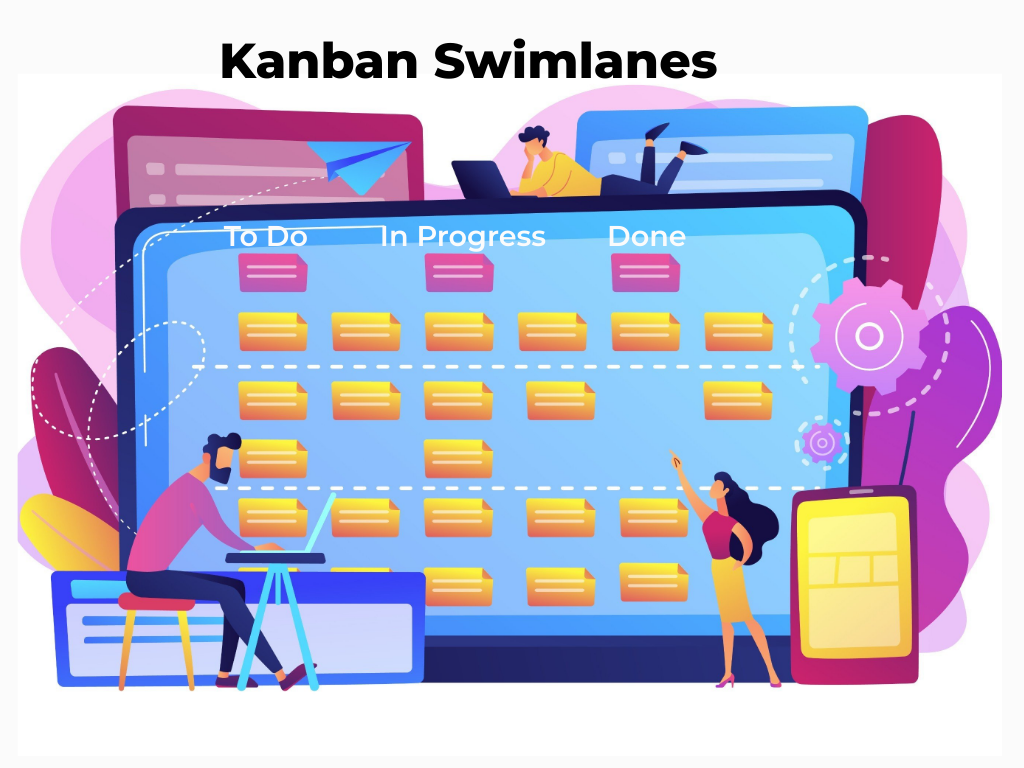1. What are Kanban Swimlanes?
Kanban swimlanes are horizontal categorizations within a Kanban board used to organize tasks based on different criteria.

2. How do Swimlanes differ from Columns in a Kanban Board?
Columns represent the stages of a process, while swimlanes categorize tasks based on different criteria such as teams, priority, or type of work.
3. What are the Benefits of Using Swimlanes?
Swimlanes help visualize work across different categories, prioritize tasks, balance workloads, and identify bottlenecks.
4. How do I Create Swimlanes in my Kanban Board?
Most Kanban software allows you to create swimlanes by adding horizontal rows to your board and assigning criteria to them.
5. What are Some Common Criteria for Swimlanes?
Common criteria include teams, stages in a process, priority levels, types of work, or projects.
6. Can I Customize Swimlanes to Fit my Team's Needs?
Yes, swimlanes are highly customizable, allowing you to tailor them to your team's specific workflows and requirements.
7. How do I Use Swimlanes to Manage Work?
Use swimlanes to categorize tasks and visualize the flow of work, making it easier to track progress and identify issues.
8. Can I Move Tasks Between Swimlanes?
Yes, tasks can be moved between swimlanes as they progress through different stages or categories.
9. Are Swimlanes Only for Large Teams?
No, swimlanes can be useful for teams of all sizes to organize and prioritize work effectively.
10. How do Swimlanes Help with Team Collaboration?
Swimlanes provide a clear visual representation of work, making it easier for team members to understand each other's tasks and collaborate effectively.
11. Do Swimlanes Work Well for Agile Teams?
Yes, swimlanes are compatible with agile principles and can be used by agile teams to manage their work.
12. Can I Use Swimlanes in Combination with Other Agile Practices?
Yes, swimlanes can be combined with other agile practices such as WIP limits and daily standups to enhance workflow management.
13. Are Swimlanes Useful for Tracking Progress Over Time?
Yes, swimlanes can help track progress and identify trends over time, allowing teams to continuously improve their processes.
14. How do I Know if Swimlanes are Right for my Team?
If your team can benefit from visualizing work across different categories or criteria, swimlanes may be a good fit.
15. Where Can I Learn More About Implementing Swimlanes in my Kanban Process?
Online resources, books, and training courses on Kanban and agile practices can provide more in-depth information on implementing swimlanes effectively.